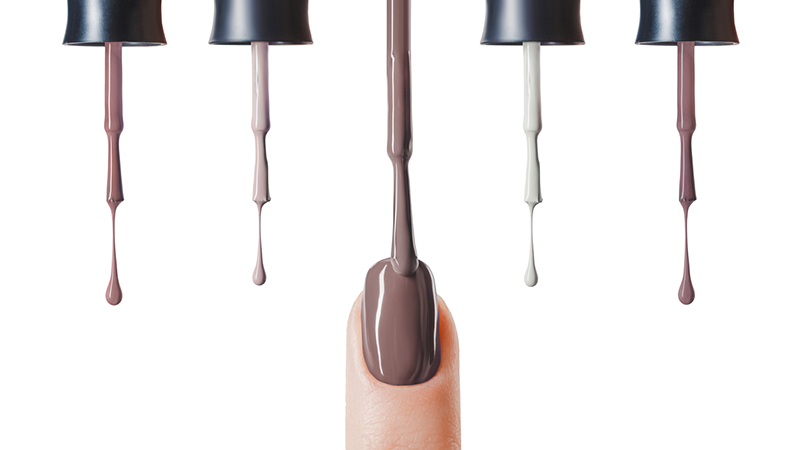

Take a look at Airbnb’s customized deal closure email:Įmail is one of the best channels to leverage behavioral targeting. These incentives can range from discounts, positive customer reviews, nudges to finish the process, or even a simple reminder of the benefits of the product. Using behavioral targeting, businesses can show personalized communication with incentives that encourage users to close the deal. Here’s where behavioral targeting can help. Sometimes, users can be interested in a product or deal, but might need a push to close the conversion.

:max_bytes(150000):strip_icc()/nimble-2-d3527017dc744c9bb2ad1b2260422151.jpeg)
Users are beginning to expect website personalization from every brand they interact with, and businesses need to invest in this right away.Ī good web personalization experience relies on user behavior and displays products they like already, products they might be interested in, and the most optimal, personalized way for them to navigate your website at every stage of their buying journey.
Nimble nail machine movie#
Isn’t it nice when you log in to your Netflix account and click on the first movie in the “Continue Watching” section? This is a classic example of web personalization: creating an online experience that caters to your user’s behavior and preferences. Think of an email that says, “Here’s a 10% discount on that charger you liked,” or an ad that says, “Your hotel booking is almost done!”įor effective retargeting, brands need to map out customer behavior and tie it back to meaningful campaigns that prompt the user to take action. Retargeting enables brands to display personalized marketing campaigns and advertisements over multiple touchpoints such as social media, email marketing, and display ads. With retargeting, brands can send out campaigns that remind customers of products they were interested in. Studies show that cart abandonment rates stand at a whopping 70%, which means that 2 out of 3 shoppers abandon a purchase they were interested in. How many times have you searched for a product, only to forget about it later? You’re not alone. Here’s what each one entails: Retargeting (also known as remarketing) Like any other marketing strategy, there are a number of ways to approach and deploy behavioral targeting, such as retargeting, web personalization, deal customization, email personalization, and app engagement. Let’s take a look at some ways in which behavioral targeting can be leveraged by businesses. Advanced behavioral data also includes demographic information on the user’s age, industry, geographical location, gender identity, income level, and more. In this post, we’ll be covering the different types of behavioral targeting, a quick overview of how it works, along with some examples and tools for successful behavioral targeting.īehavioral targeting leverages data about a user’s actions on your app or website, the kind of products they add/remove from their cart, what they add to their wishlists, their browsing history, and purchase behavior. This is what behavioral targeting feels like when executed well *wink.*īehavioral marketing: Summary What is behavioral targeting?īehavioral targeting enables you to group customers into segments based on their interests, preferences, and behavioral data, and display personalized marketing campaigns that resonate with each user’s behavioral profile. The movie begins, and you realize it’s from your favorite genre, and the cast contains your all-time favorite actors. Suddenly, an attendant appears, guides you into the theater, gives you a tub of your favorite popcorn, and seats you at a screen. There’s a big crowd at the entrance, and you’re not sure if you want to go through with this. You’re on your way to the local movie theater to see what’s running.


 0 kommentar(er)
0 kommentar(er)
